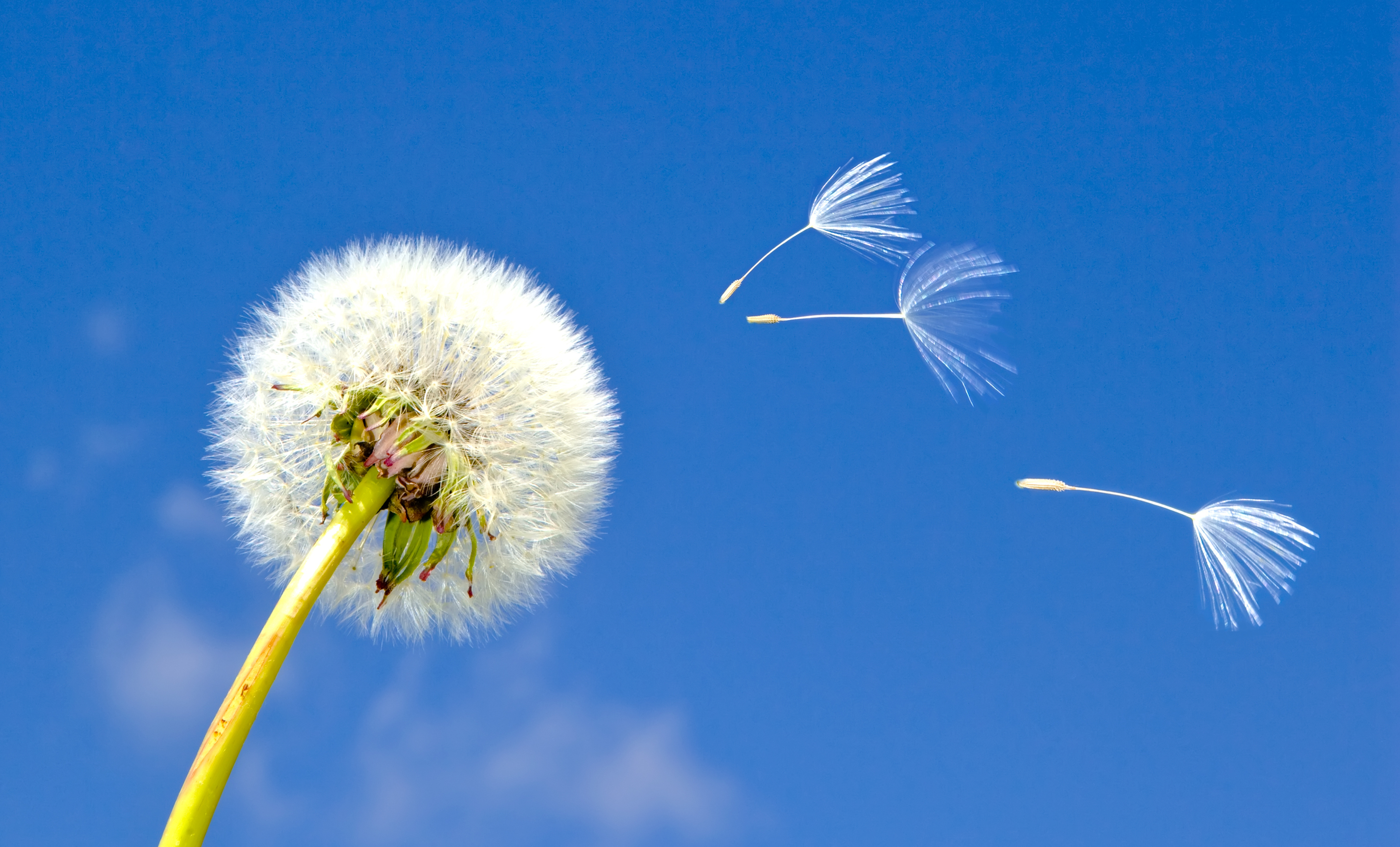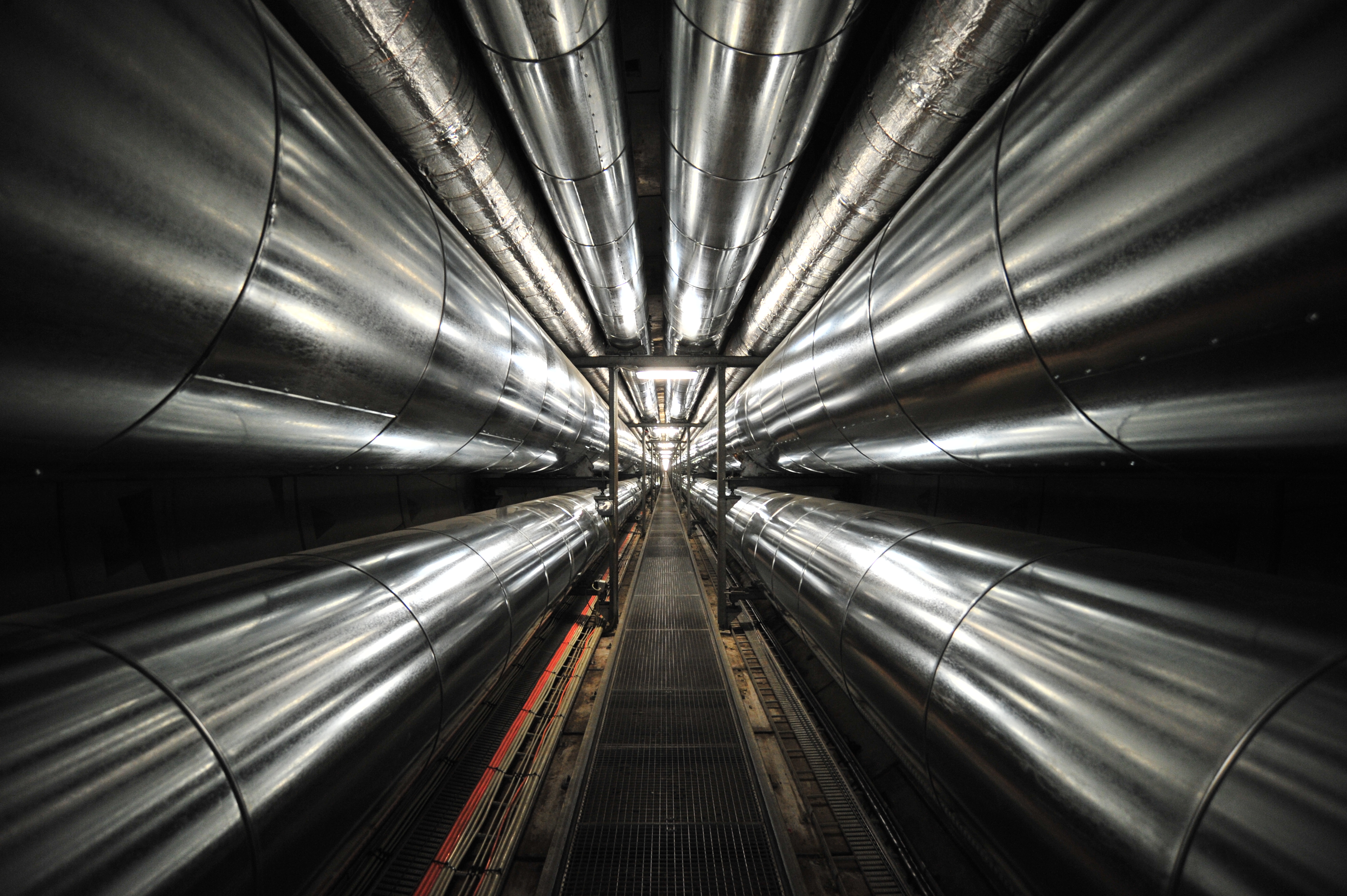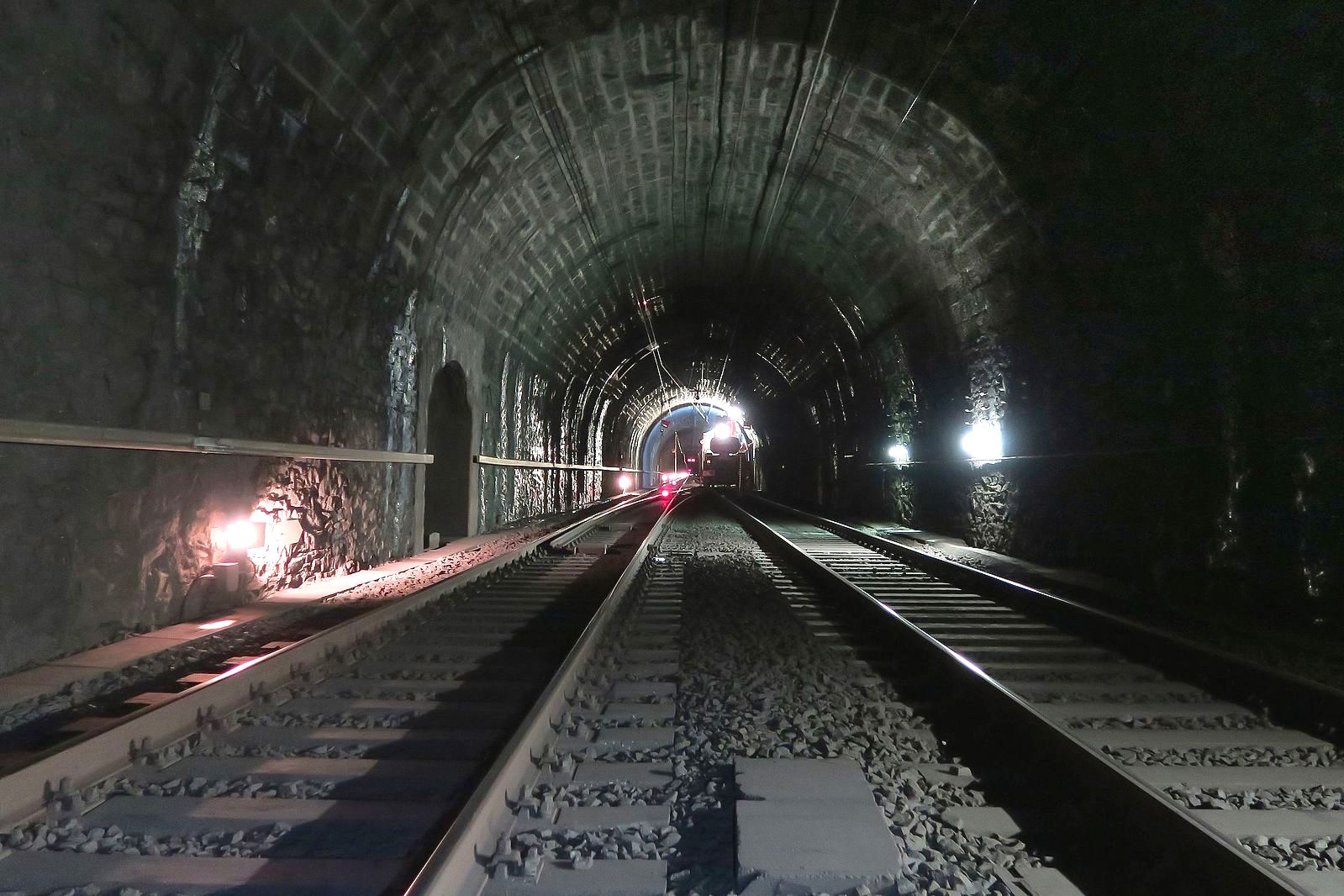
Humans fanned out to encircle the world; now, we hold its destiny in our hands. Originating in Africa, traversing the planet by waterways, roads, trains, and air, human builders created the Grand Canal of China, the Roman roads and aqueducts, united lands by the Trans-Siberian Railway and the Channel Tunnel, ultimately following Daedalus to take wing above and beyond the world. See the path of human migration in this animation map. Migration is still one of the top five challenges of civilization. Now that we have put our collective arms around the planet, what work must we do with hand, mind, and heart? Will the next migration include a fuller definition of nature, and the role we now take in shaping destiny?
Thanks to George H. Litwin, Isabel Rimanoczy, and Laurie Smith Weisberg for suggestions.
American Museum of Natural History. Video showing human migration over 200,000 years: https://www.youtube.com/watch?v=PUwmA3Q0_OE
Asimov, Isaac. Foundation Series. Gnome Press, 1951 ff.
Gugliotta, Guy. “The Great Human Migration: Why humans left their African homeland 80,000 years ago to colonize the world.” July 2008, Smithsonian Magazine. https://www.smithsonianmag.com/history/the-great-human-migration-13561/
Kalin Anev Janse. “How to Manage the Top Five Global Economic Challenges.” 1 November 2017. http://knowledge.wharton.upenn.edu/article/what-are-the-top-five-challenges-for-international-organizations/.
Rimanoczy, Isabel. Big Bang Being: Developing the Sustainability Mindset. Greenleaf Publishing: 2013.
Building the World Blog by Kathleen Lusk Brooke and Zoe G Quinn is licensed under a Creative Commons Attribution-NonCommercial-NoDerivs 3.0 Unported License







